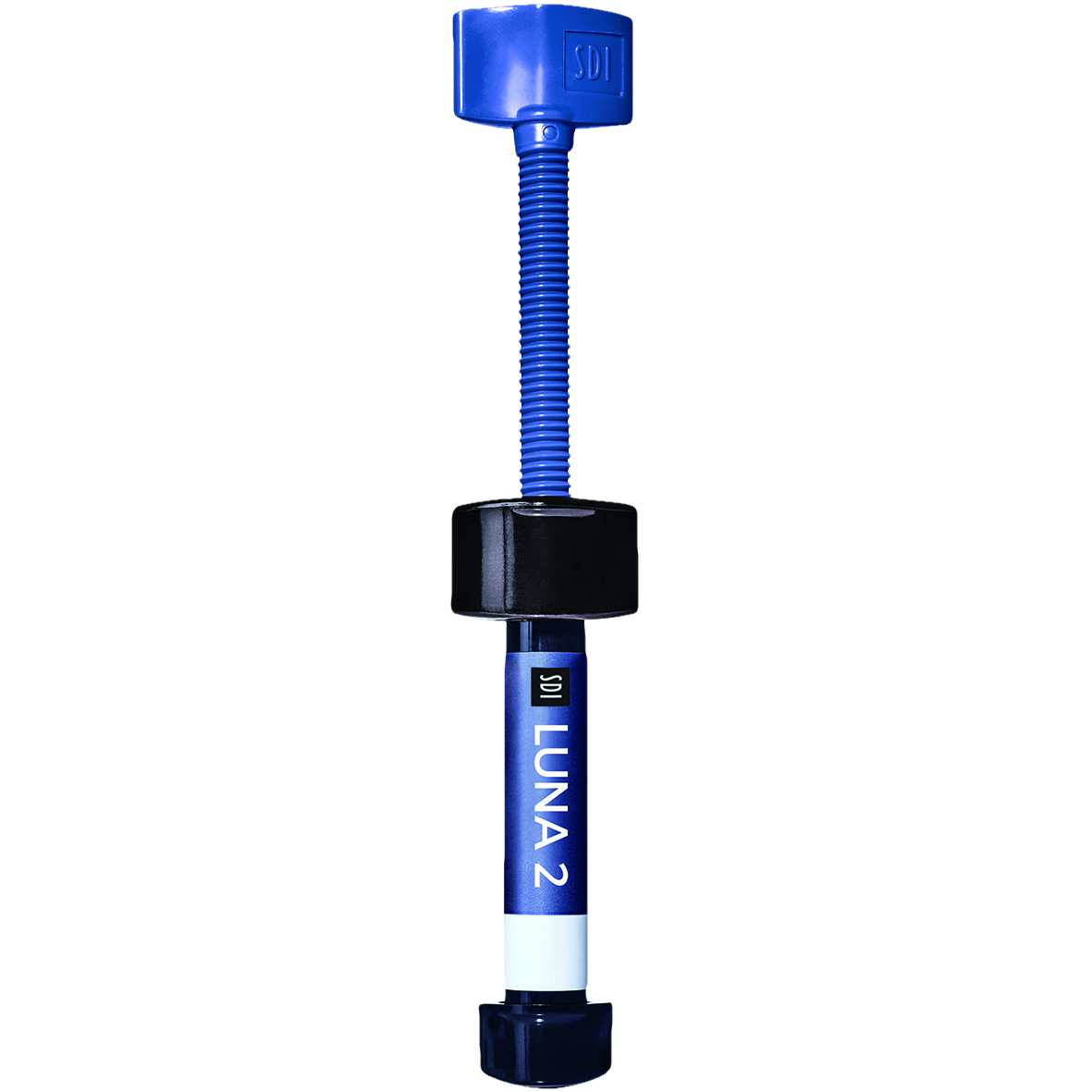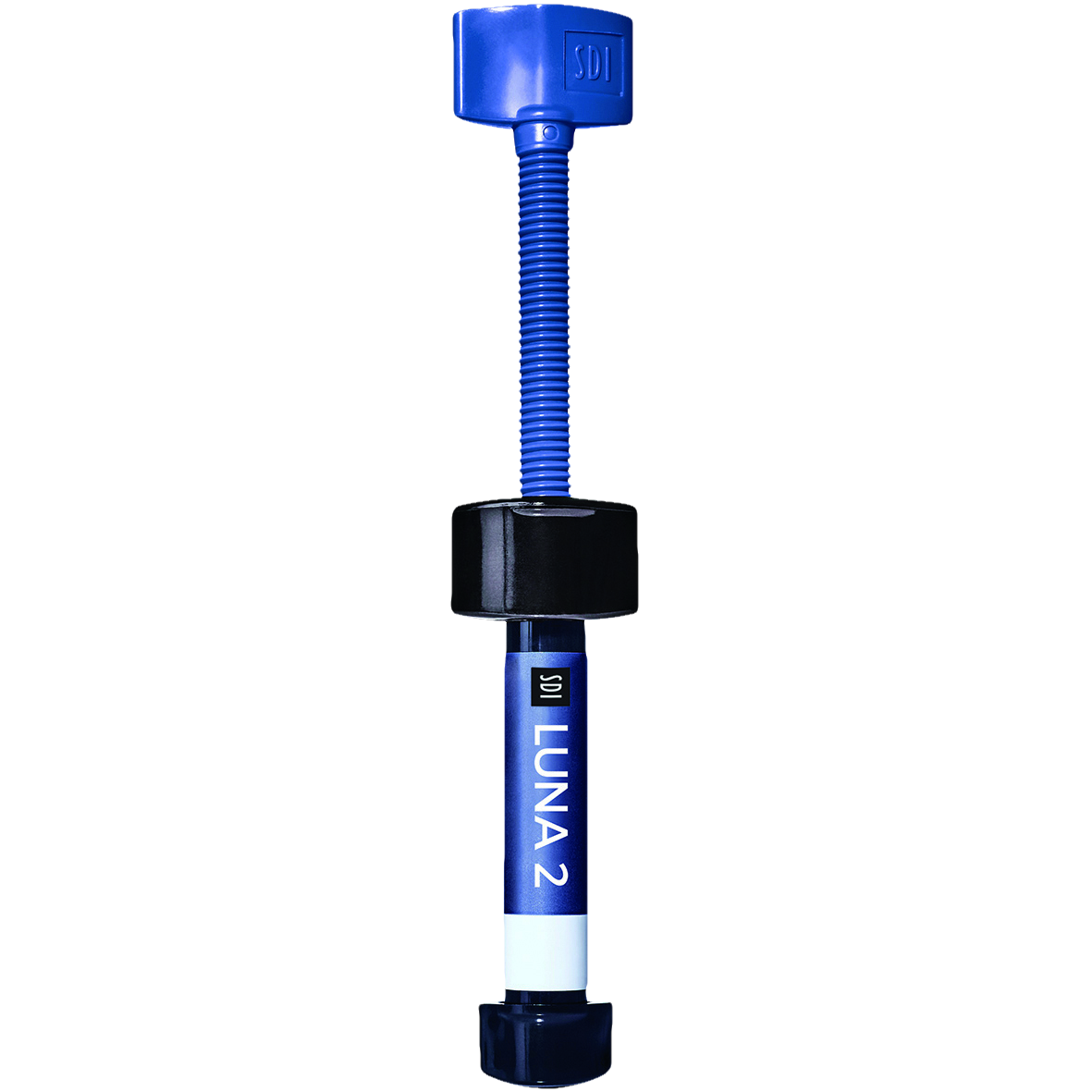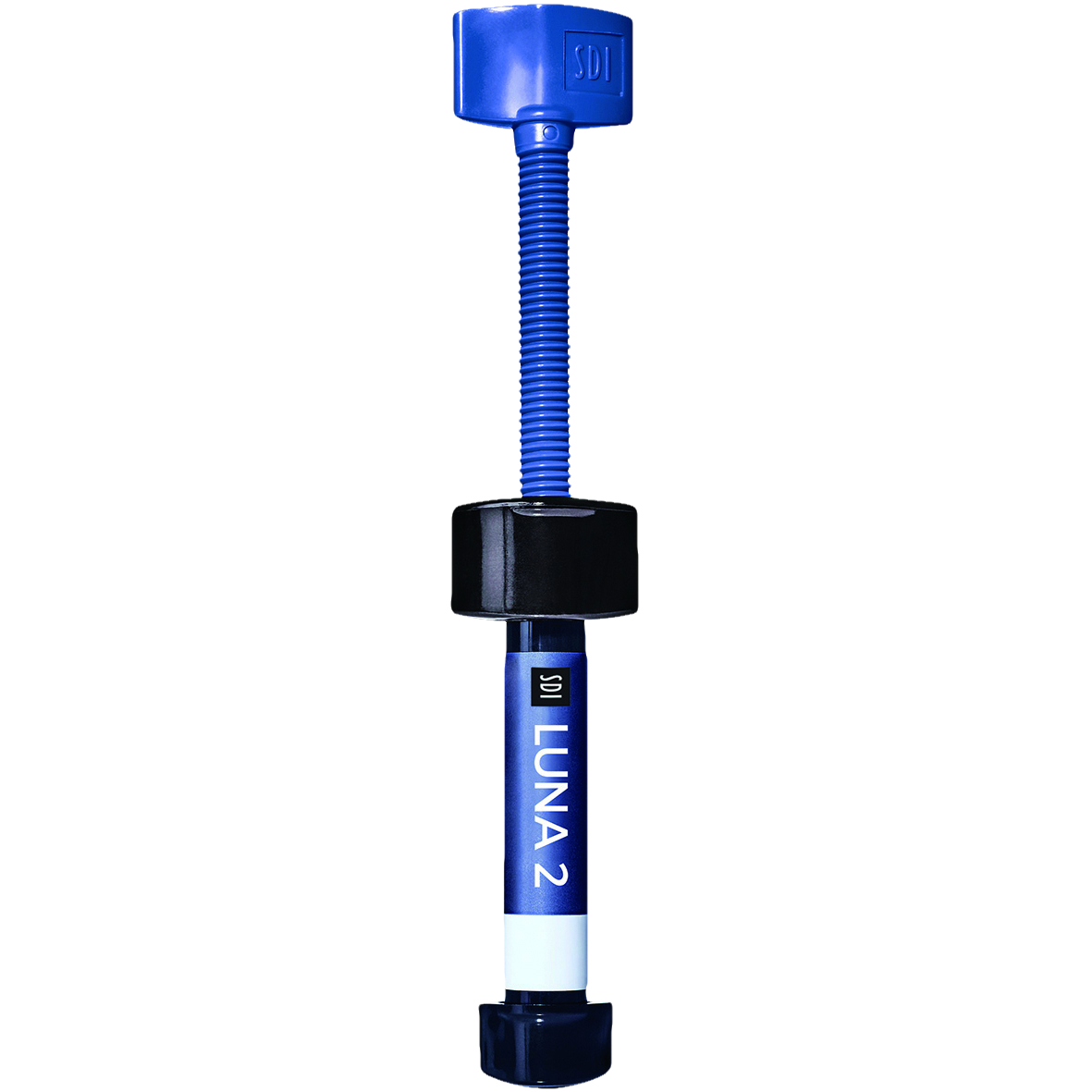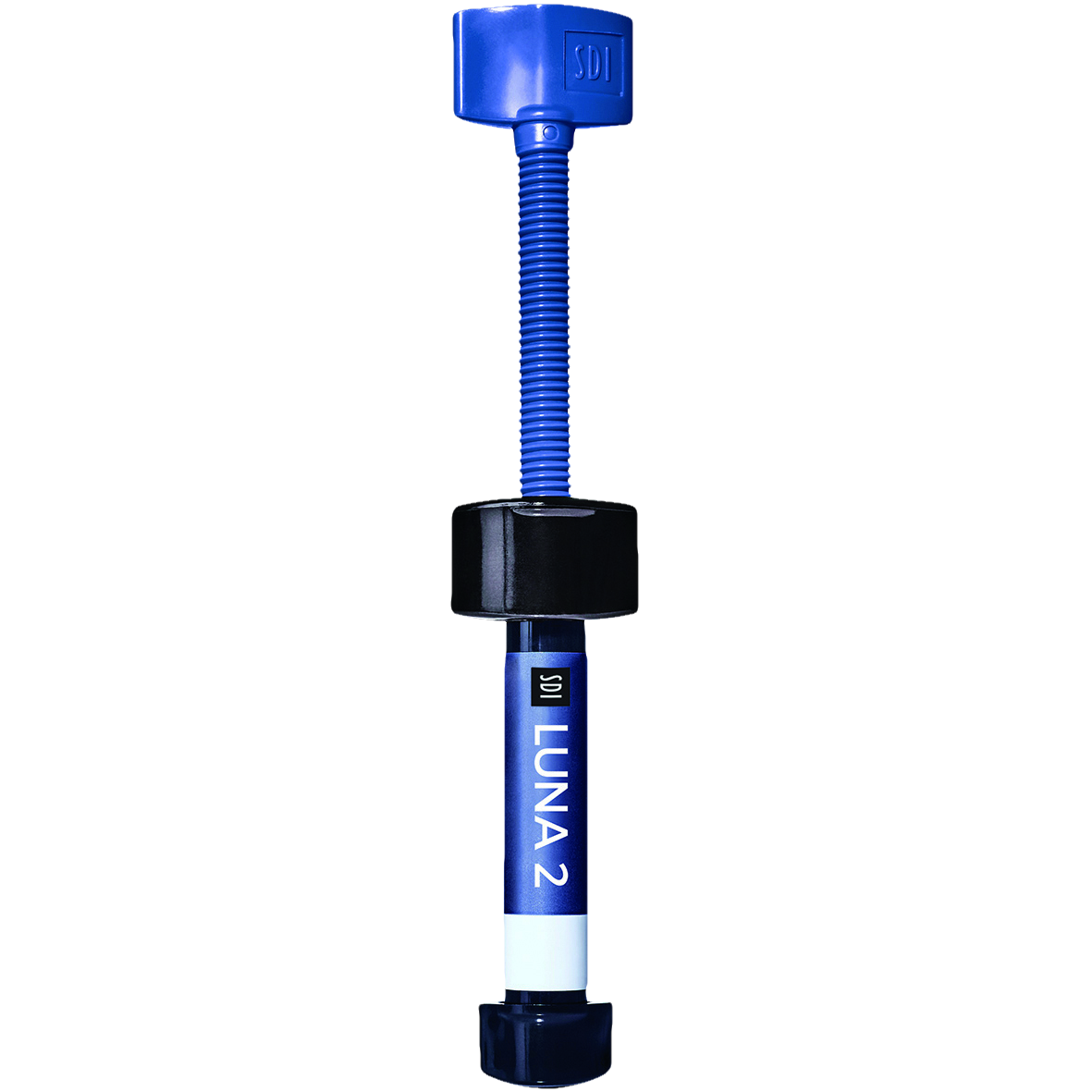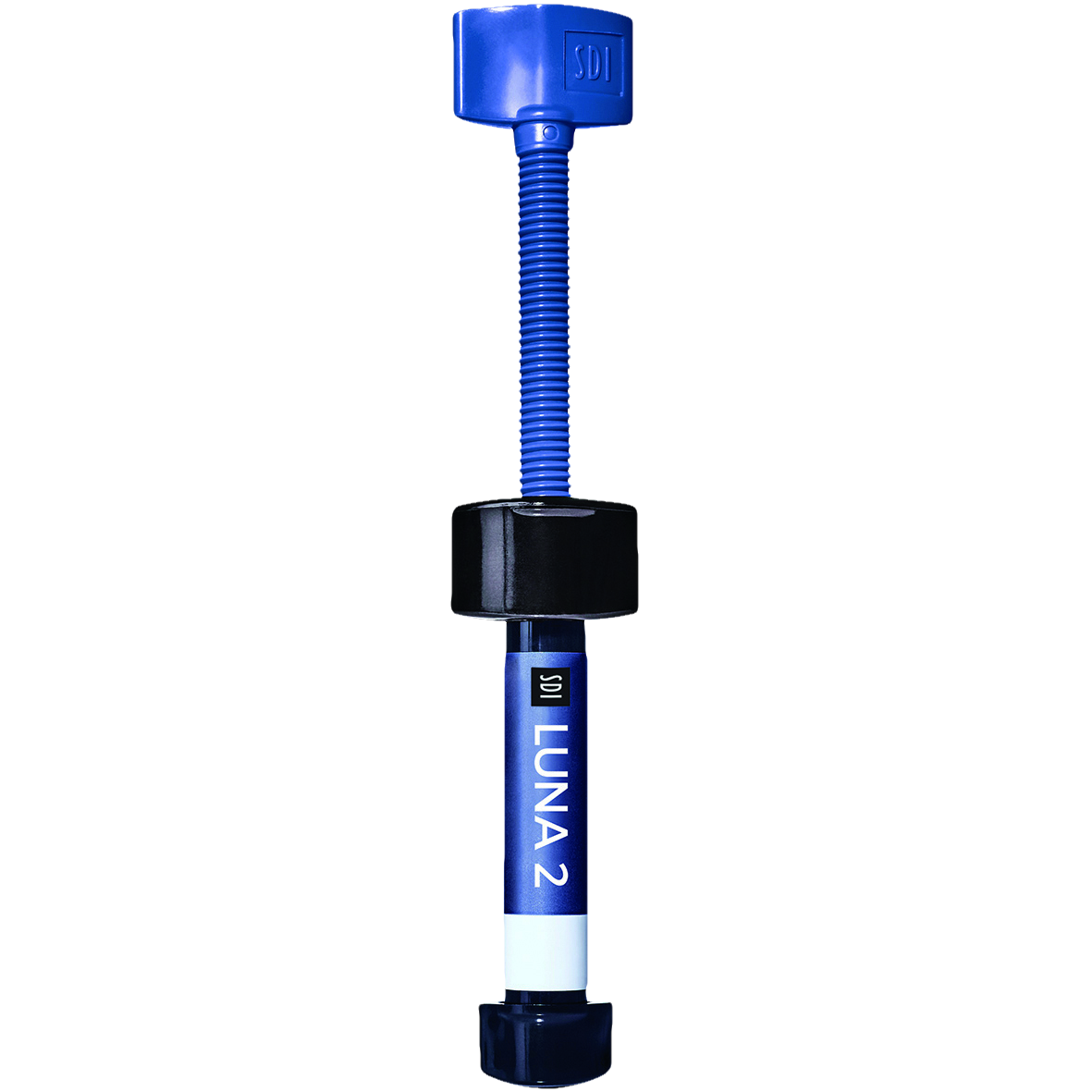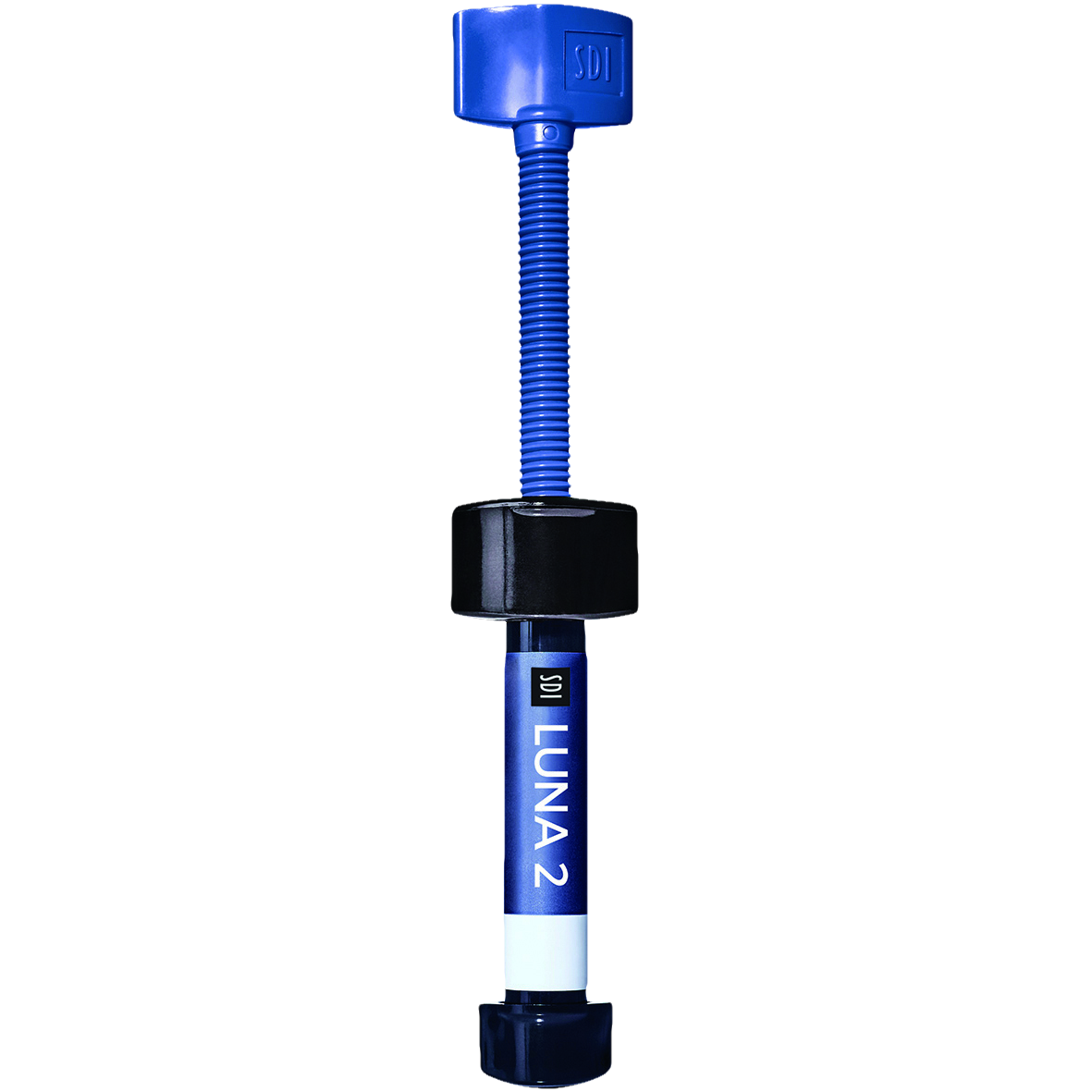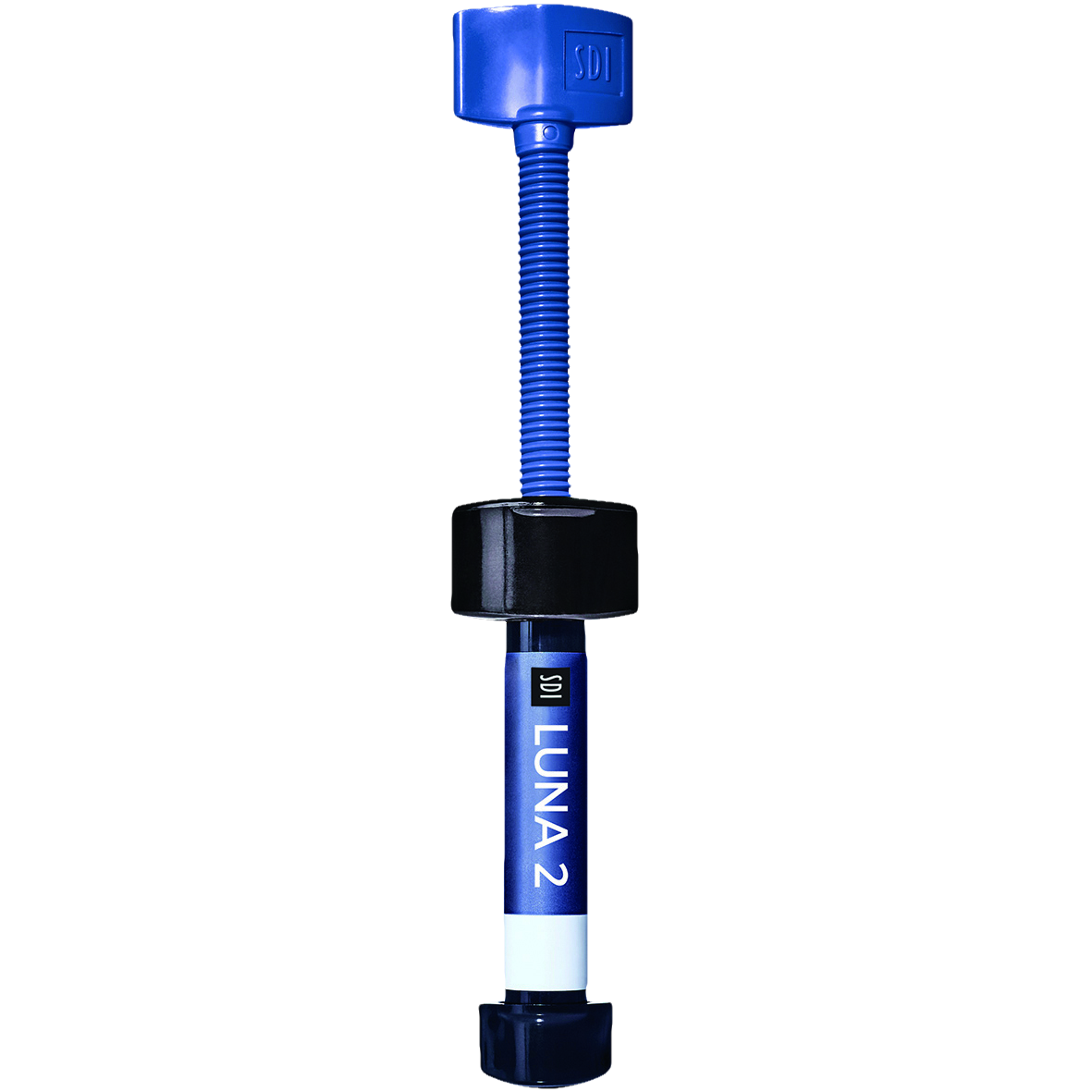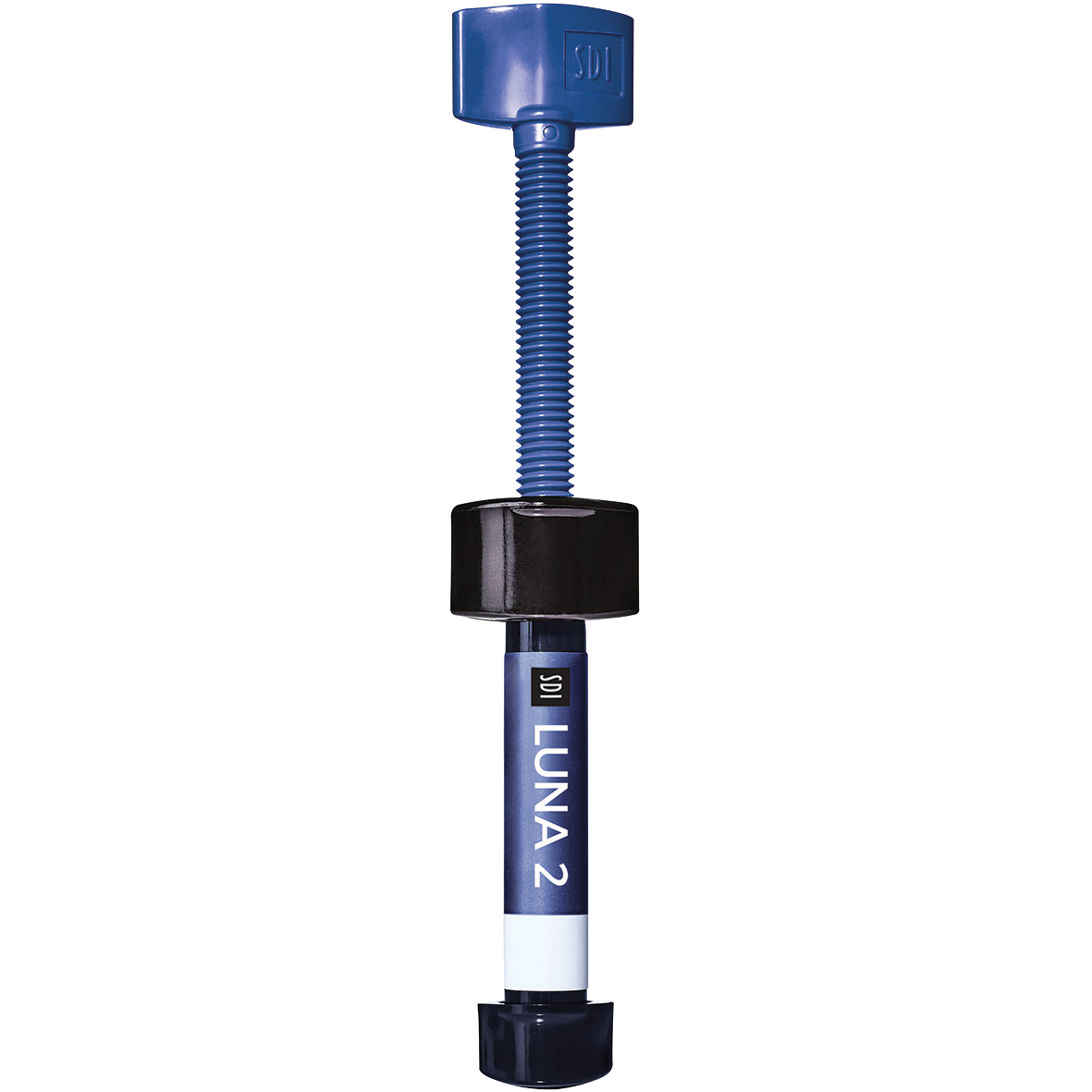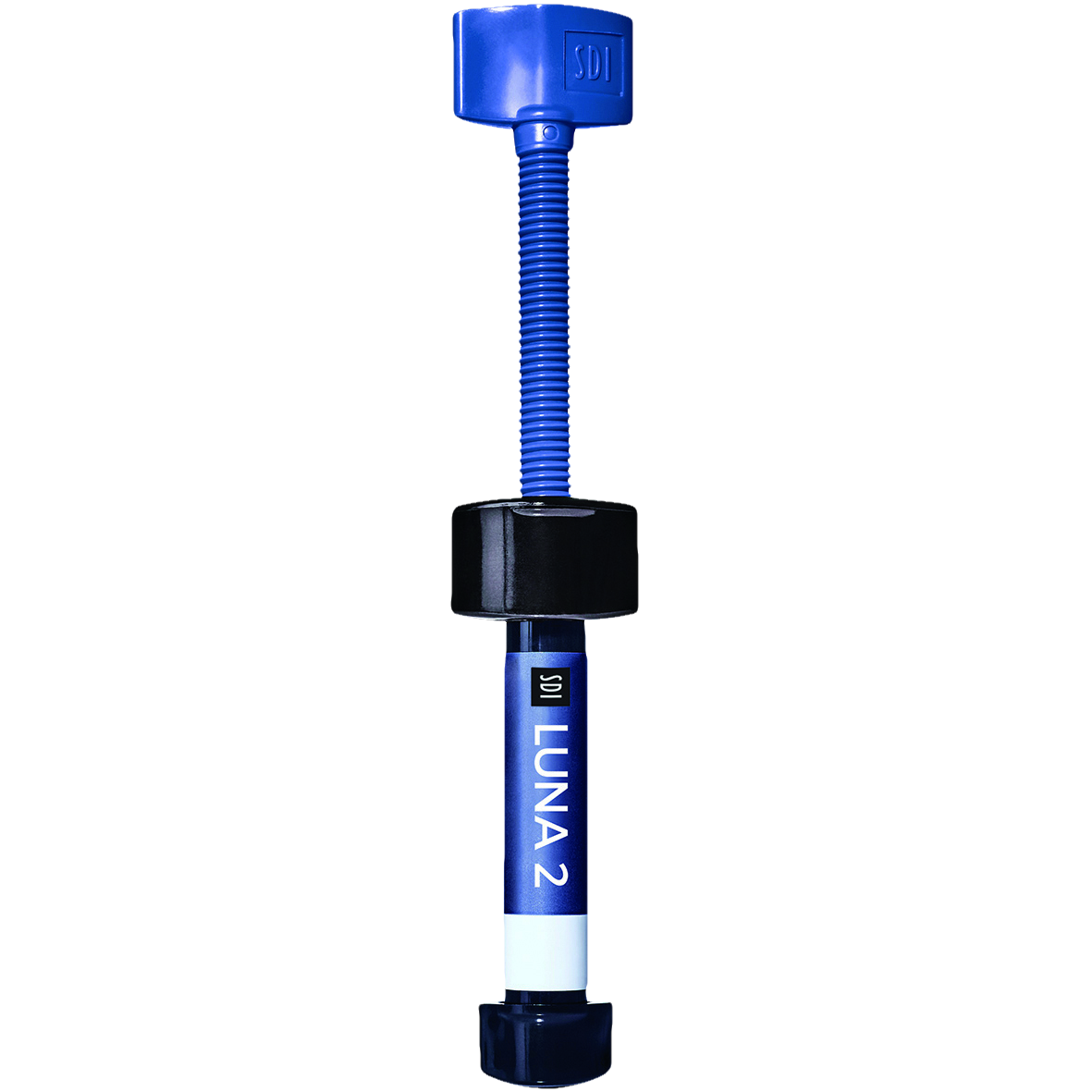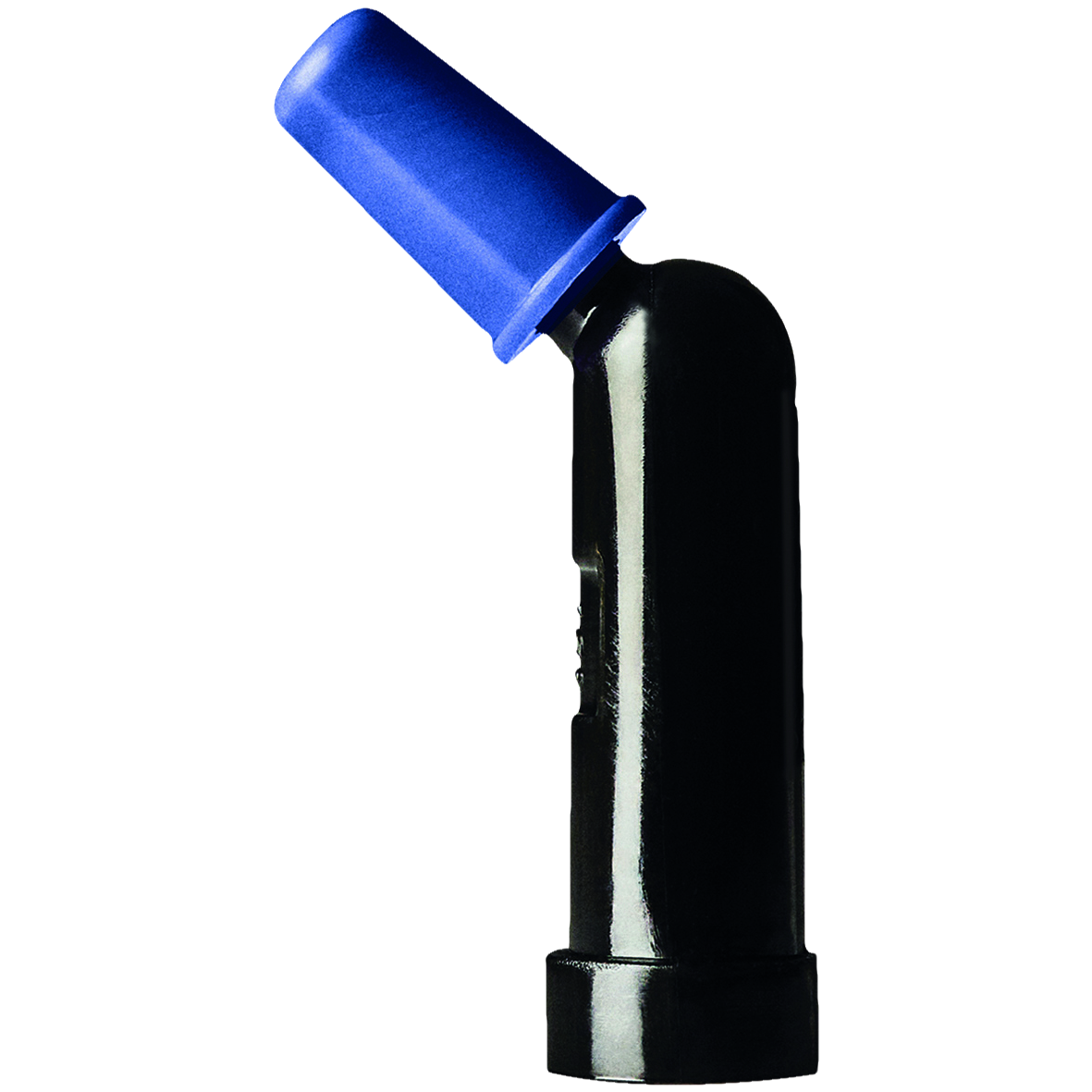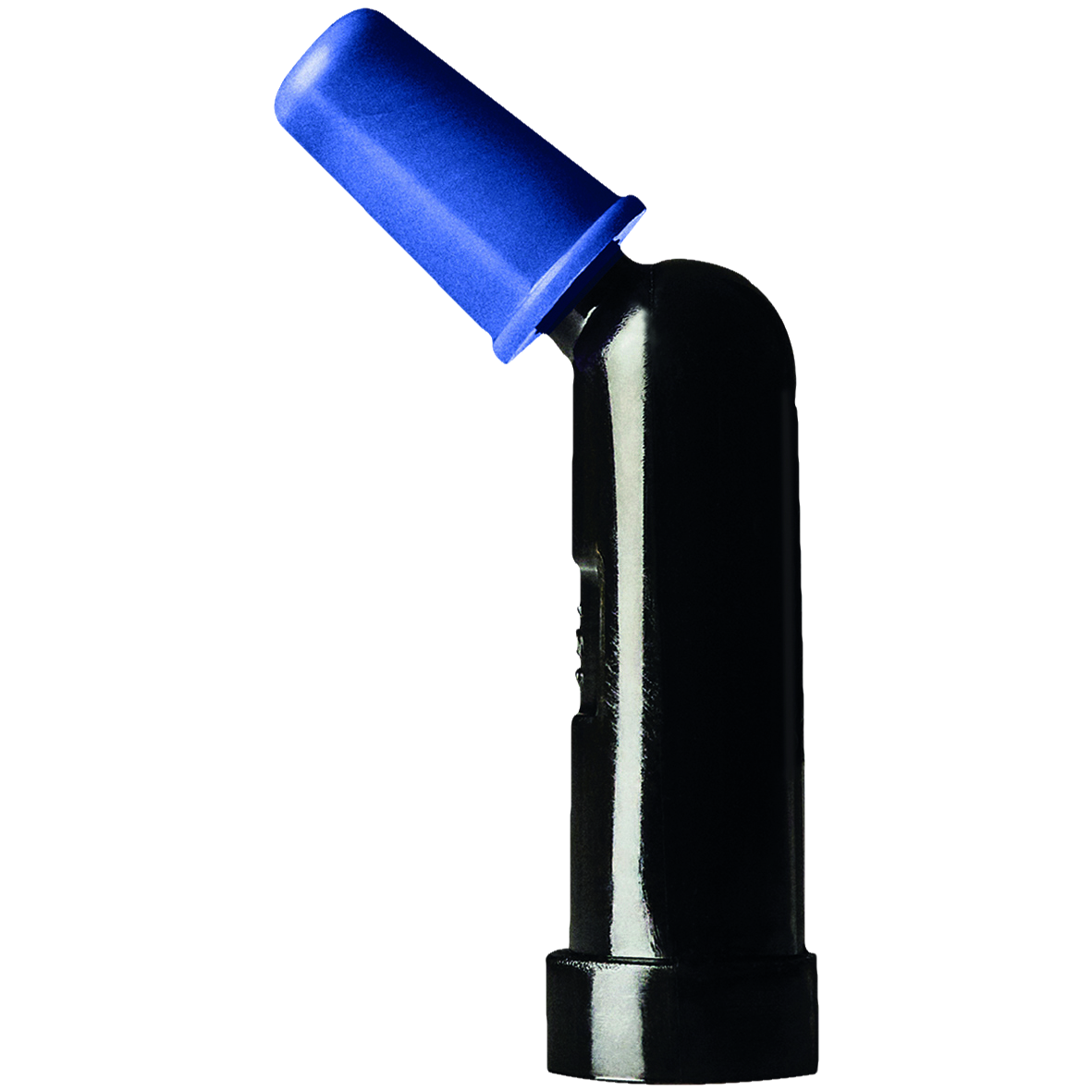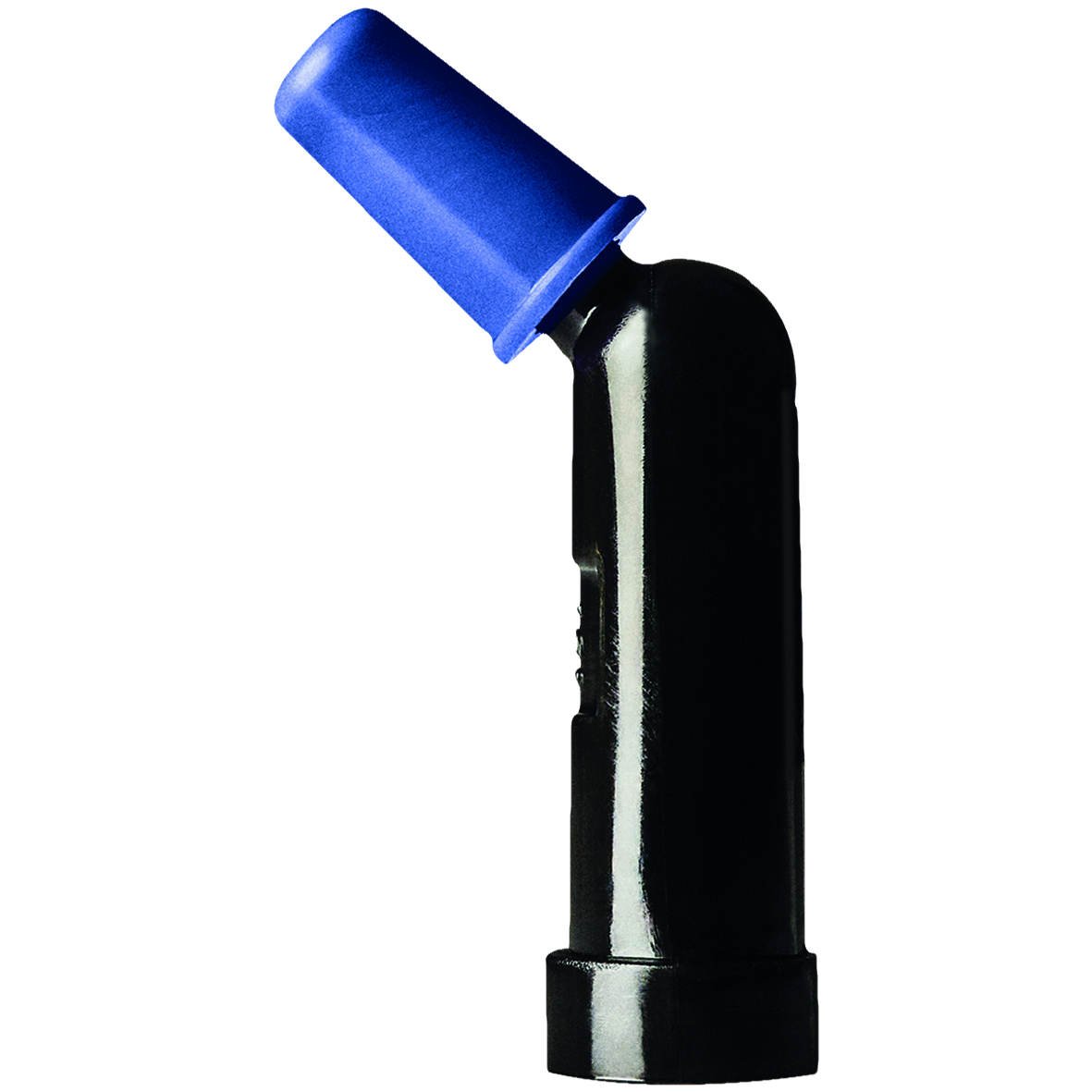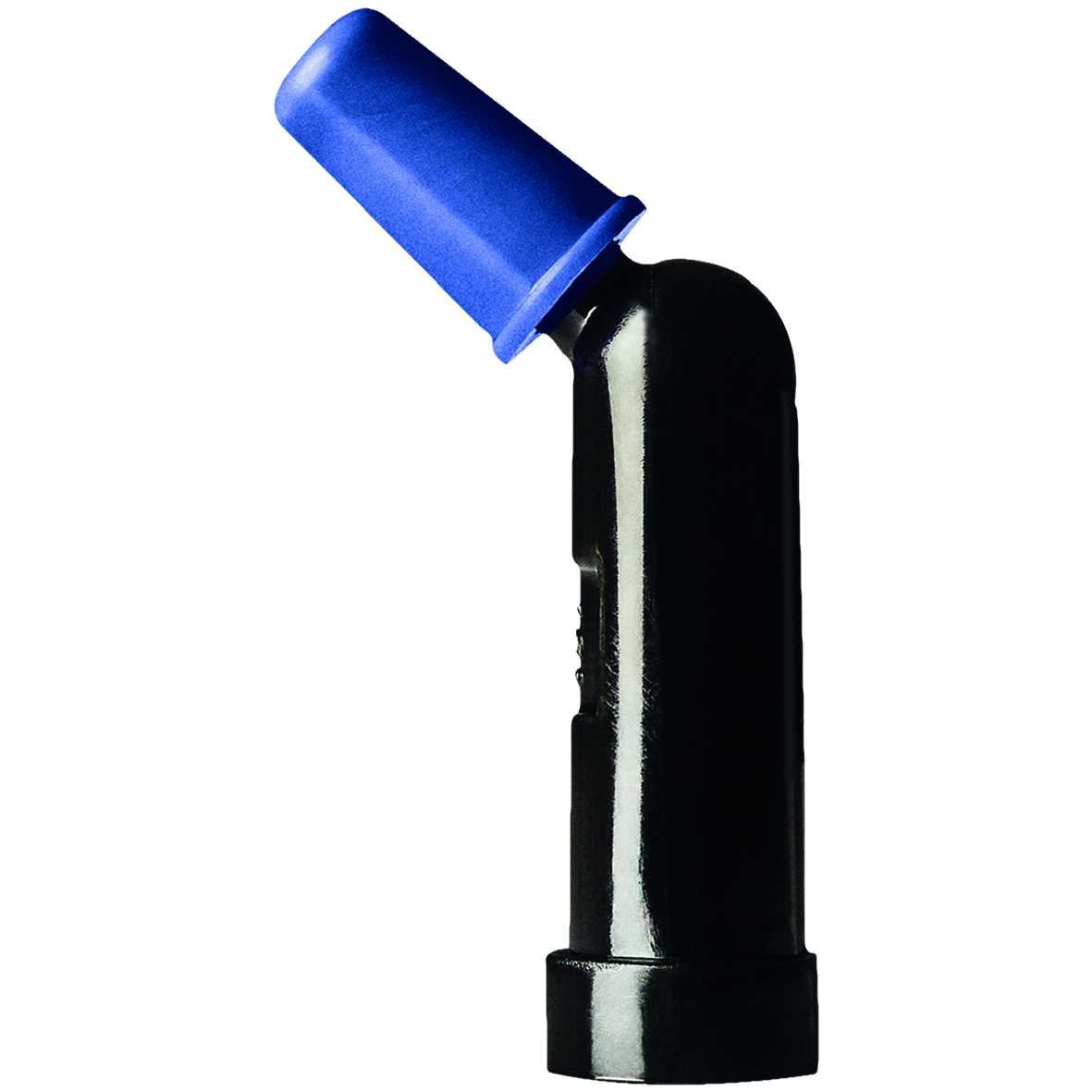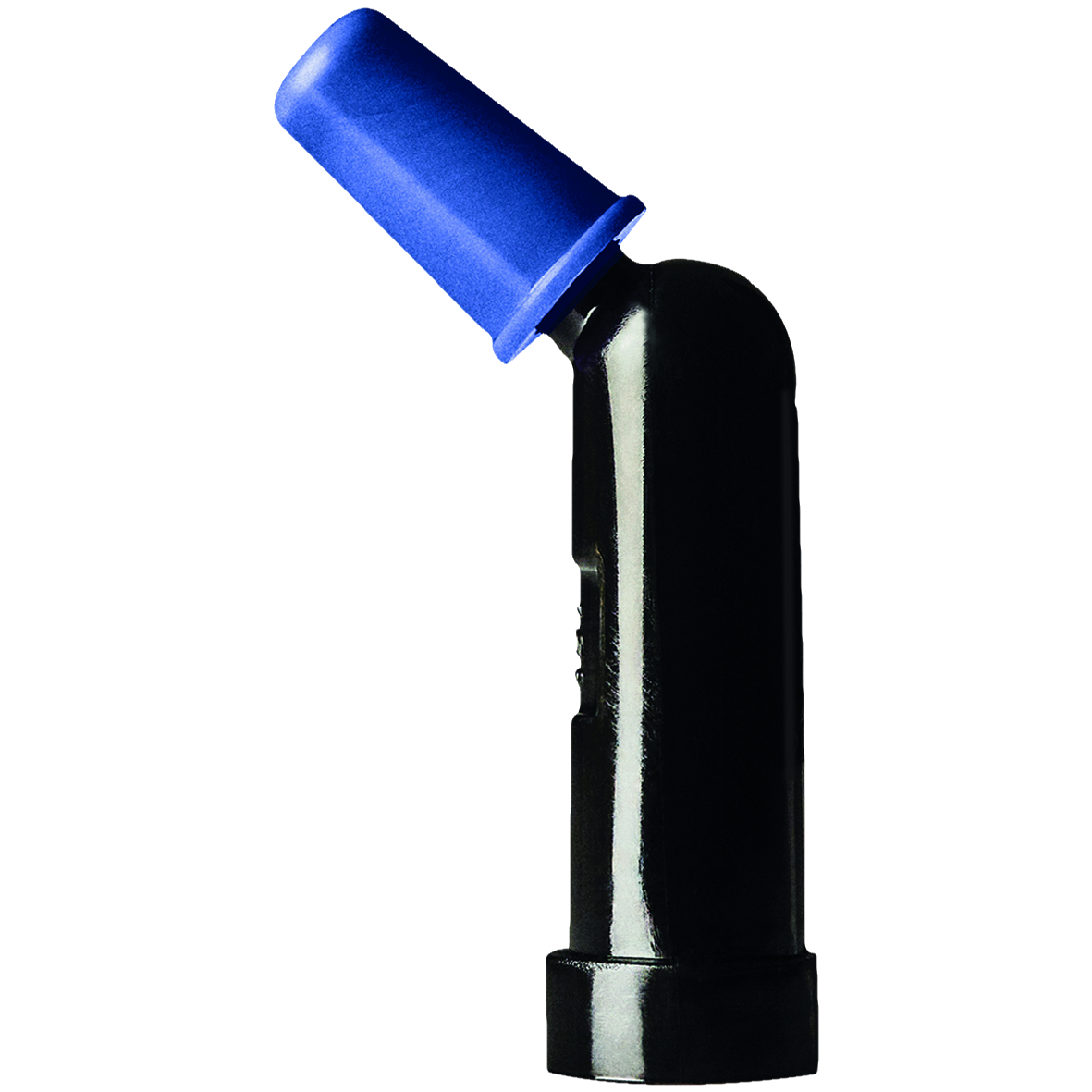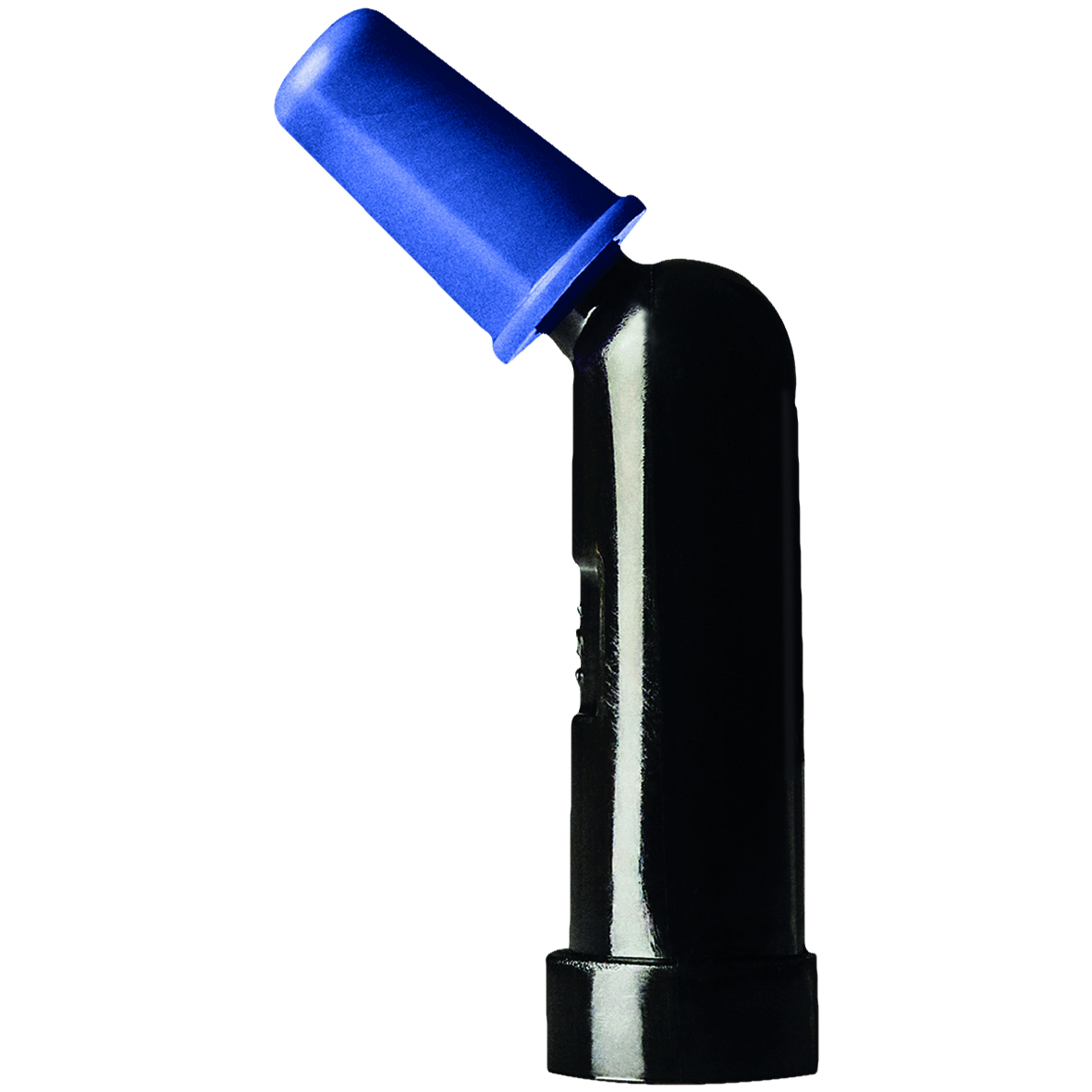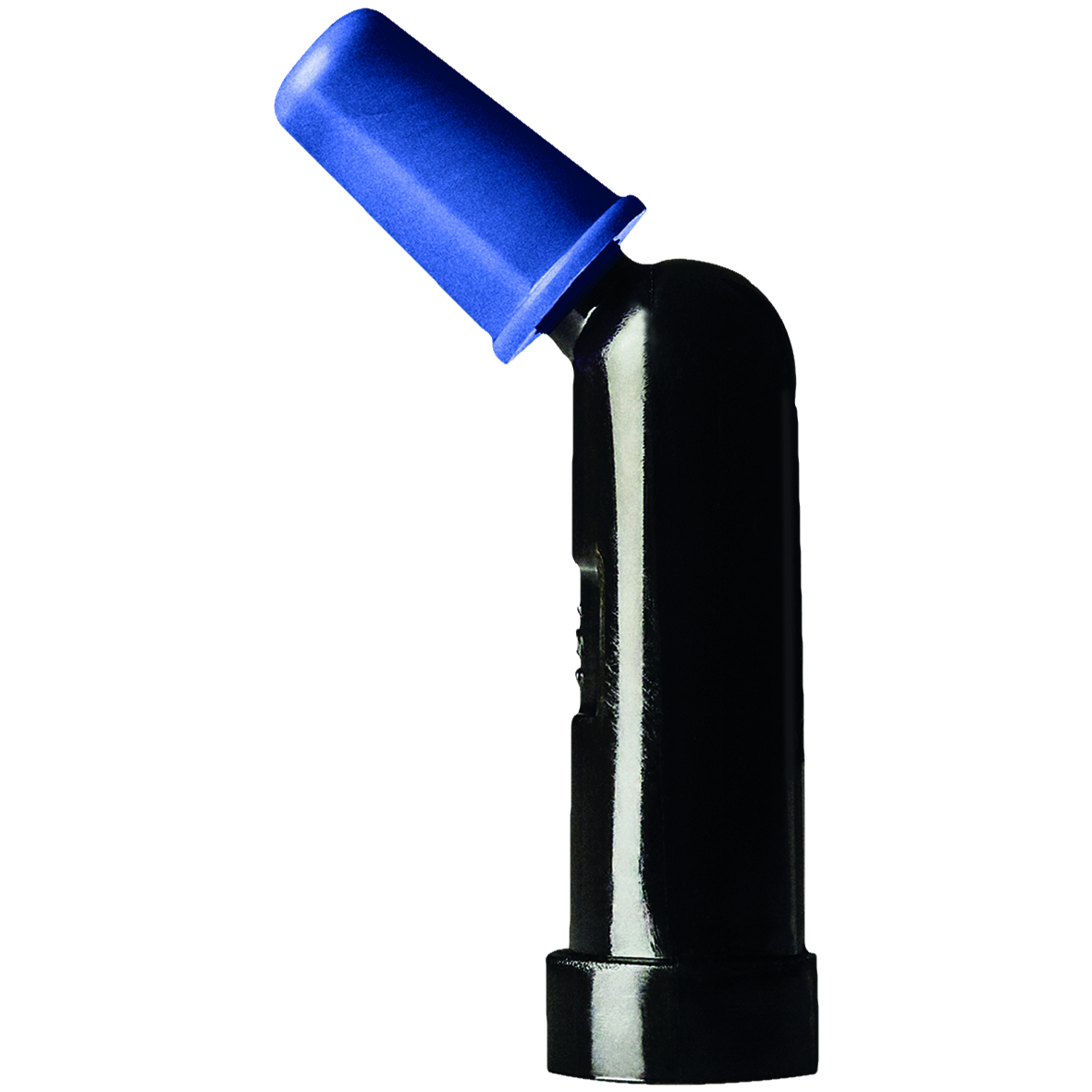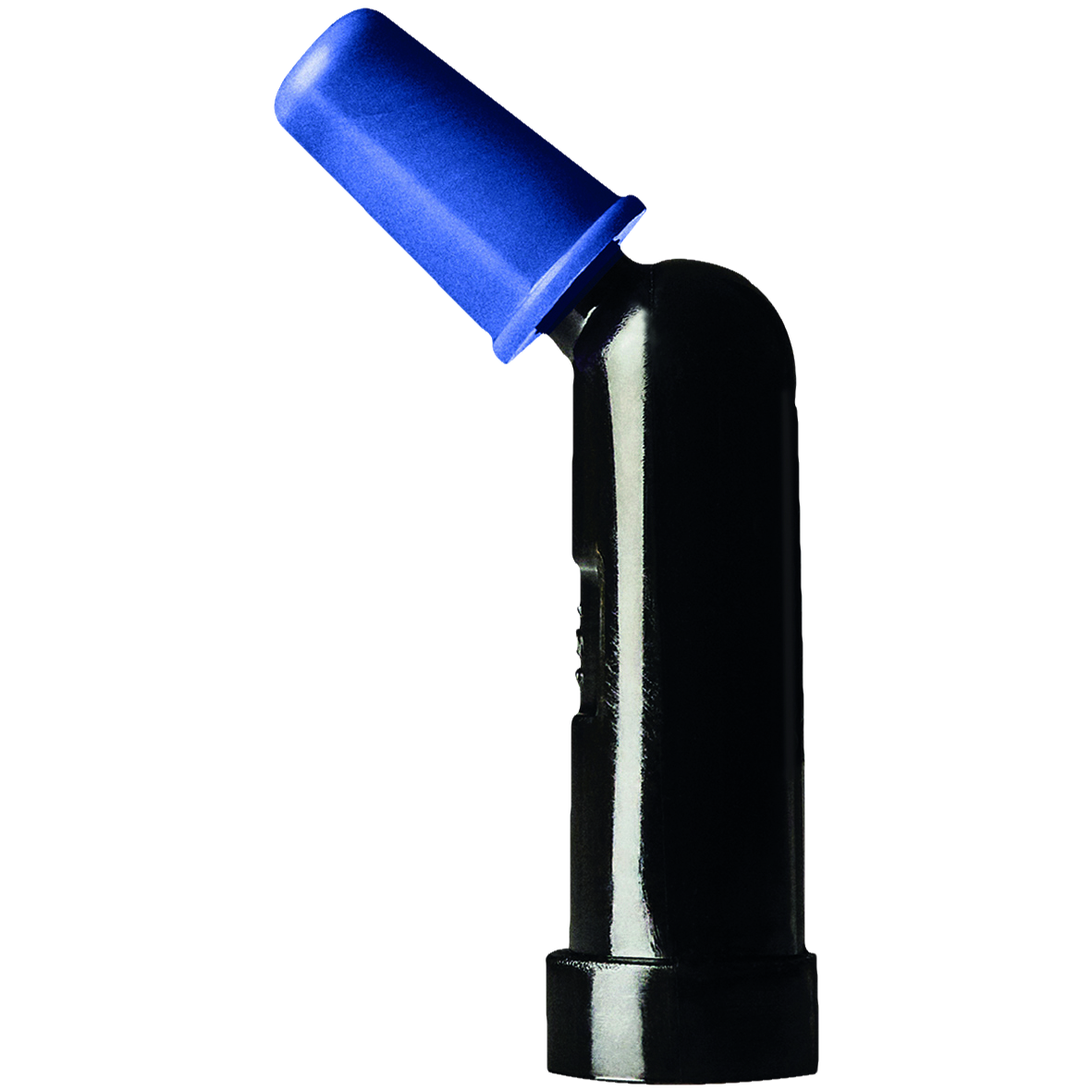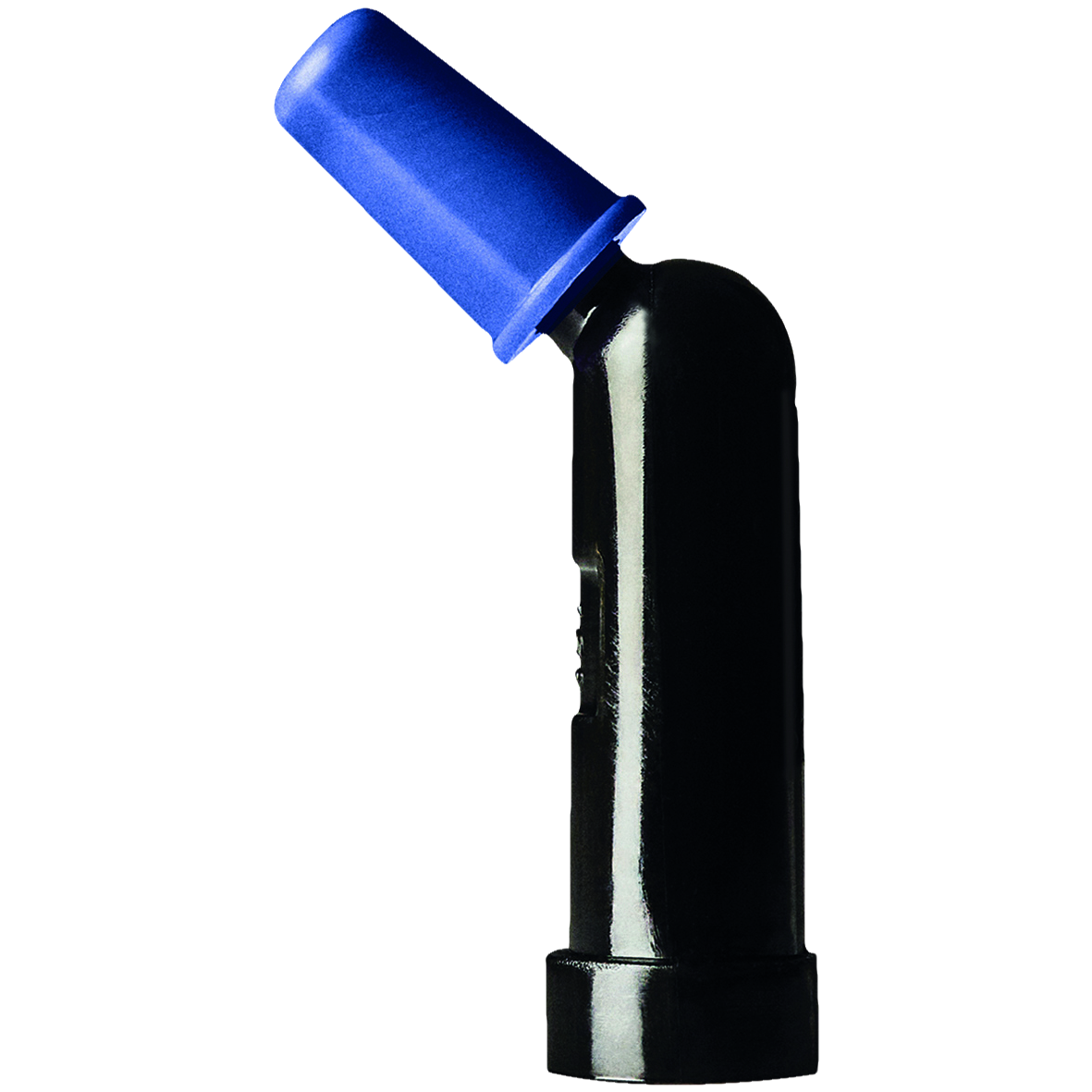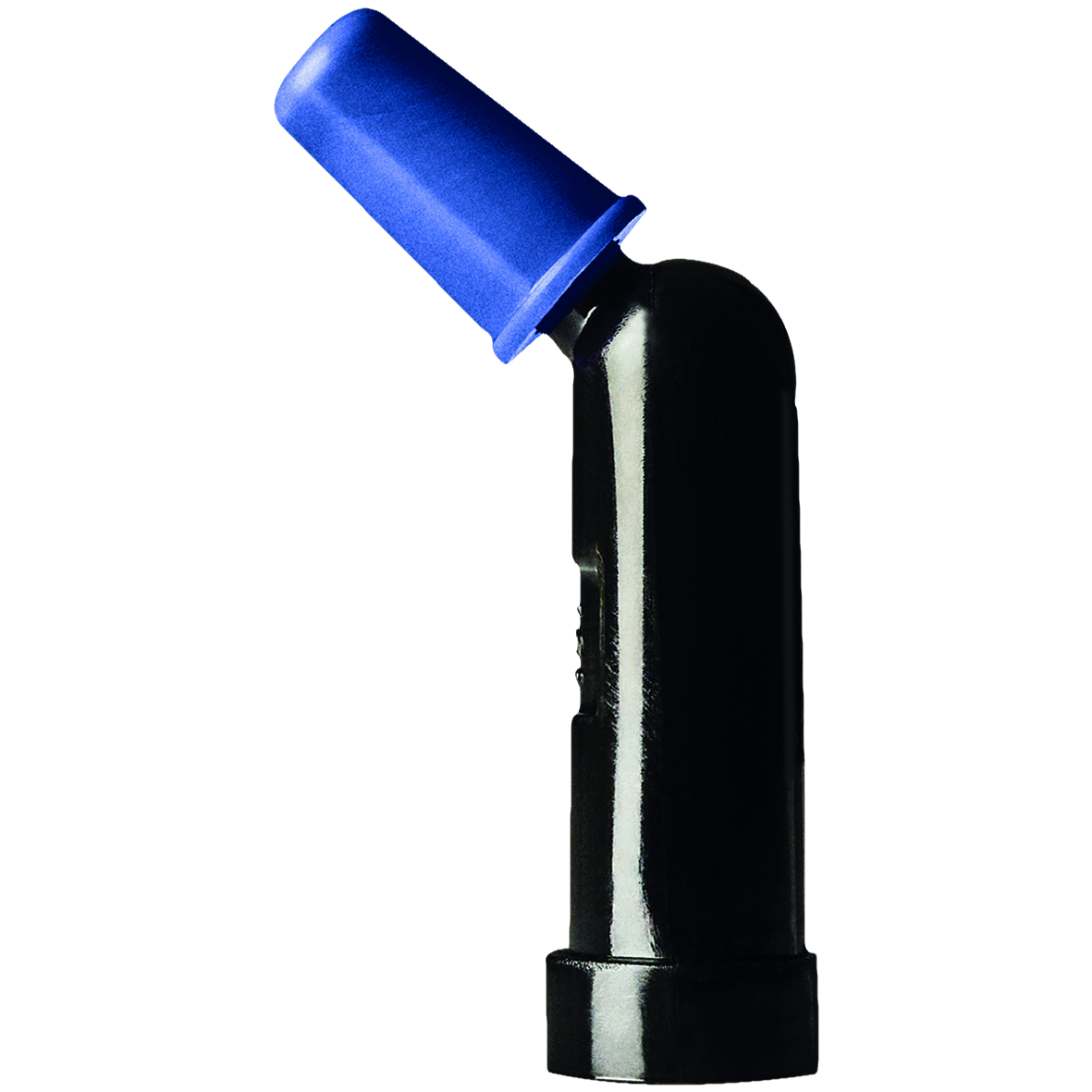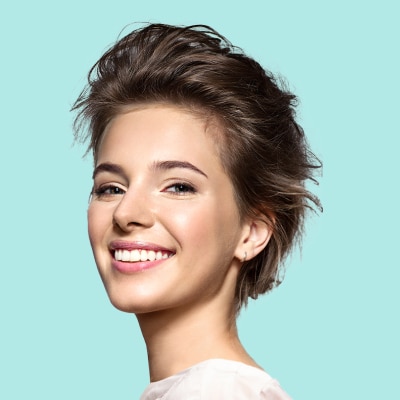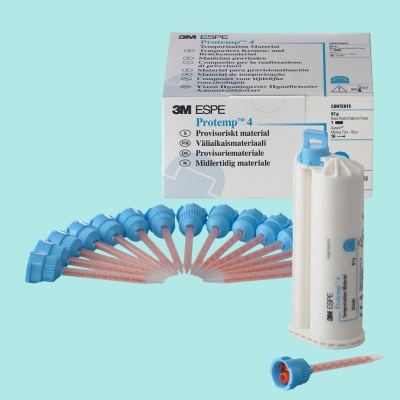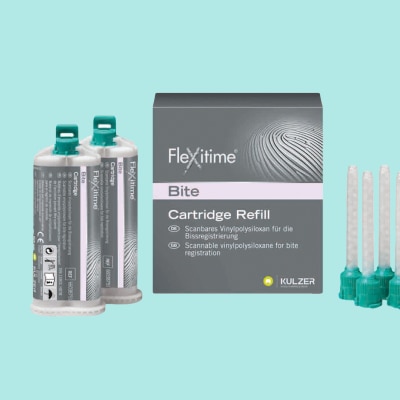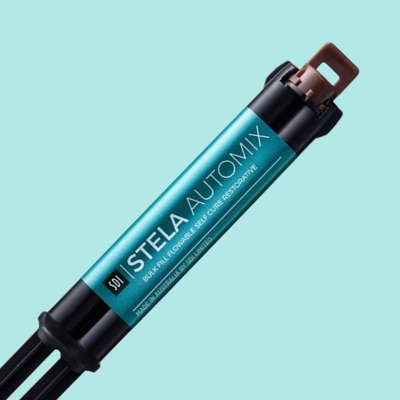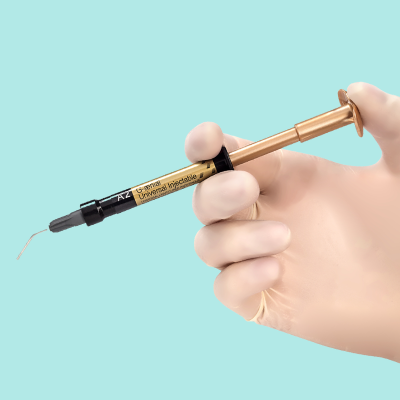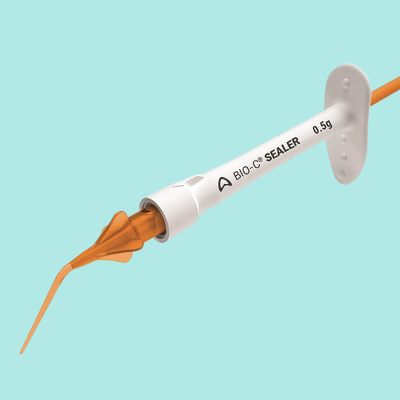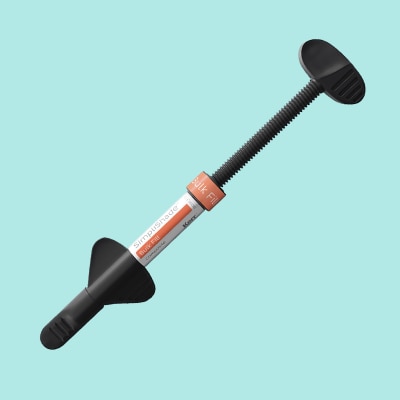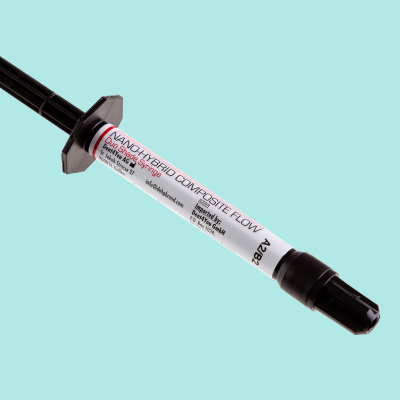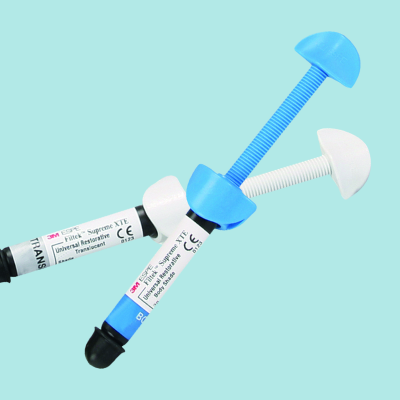Dentists are constantly on the lookout for reliable systems that can fit seamlessly into their workflow and if possible, enhance it. The new Luna nanohybrid composite from SDI aims to do just that through a system that is versatile enough for both anterior and posterior restorations. Going against the grain of nanohybrid conventions, SDI Luna offers high flexural strength and a natural appearance that is already winning it admirers among dental professionals.
Here Dr Jati Heer, principal dentist at JH Dental Clinic, outlines the benefits of working with SDI Luna.
The Key Advantages
“Luna is a composite system that complements my workflow, and it gives good results as an aesthetic and straightforward system in the hands of a general dentist like myself. That makes it predictable for both anterior and posterior work, and as far as I’m aware it’s suitable for use with whatever bonding techniques and systems you choose. If I had to run my practice on one composite system, Luna would be my choice, because it doesn’t have any limitations.”
The chameleon effect
“Luna has a more extensive shade range based on A-D shades, including dentine and enamel shades, and because you don’t need to get used to a new shade system, it’s easier for the practitioner. There’s also the flexibility to do layering, which I sometimes do if working in the anterior segment. It does have opalescence and fluorescence too, enabling it to look realistic and blend in, chameleon-like, with the surrounding teeth and look natural. This, along with its smooth, polishable surface and universal shades, delivers a system that just works. I’ve had consistently good results, and in terms of shade matching, it presents no problem at all. It’s also reassuring to know that it has a higher radiopacity than dentine, which means you can quickly see the margins of the restoration.”

Techniques
“Luna has a creamy texture that prevents it from sticking to the instrument or feeling crumbly, and as I like to layer composites this allows me to work with dexterity without it pulling back or forming in clumps mid-procedure.
This is beneficial because you can layer and sculpt it without voids and create a perfect result. The smaller capsules are easy to inject straight into the cavity, then I can use a flat plastic instrument to work with it incrementally.
This is ideal for single patient use, but you can also work with the larger syringes if that’s your preferred method. Once I’ve placed the composite in the area, I use a series of polishing cups and diamond polishing disks.
Because it’s a nano-filled composite it doesn’t require a lot of work as it’s not coarse, and it’s versatile enough for most finishing systems.”
Applications
"Luna offers one system that you can become familiar with and use for lots of applications. It’s a universal composite so if a restoration needs one, there’s no reason not to use Luna. Even composite veneers would be appropriate. I do like to compare other composite systems, and there is a tendency to stick to what you know, but Luna works well in any anterior or posterior situation.”
Mechanical properties
“Its strength and durability are what gives me the confidence to use it both posteriorly and anteriorly because it’s been proven in stress-bearing studies. I’ve read that it has a high flexural strength of 136 MPa, which outperforms most composites on the market, while Luna’s high filler load of 77% makes it stand out too, as this adds to its high compressive strength.”


